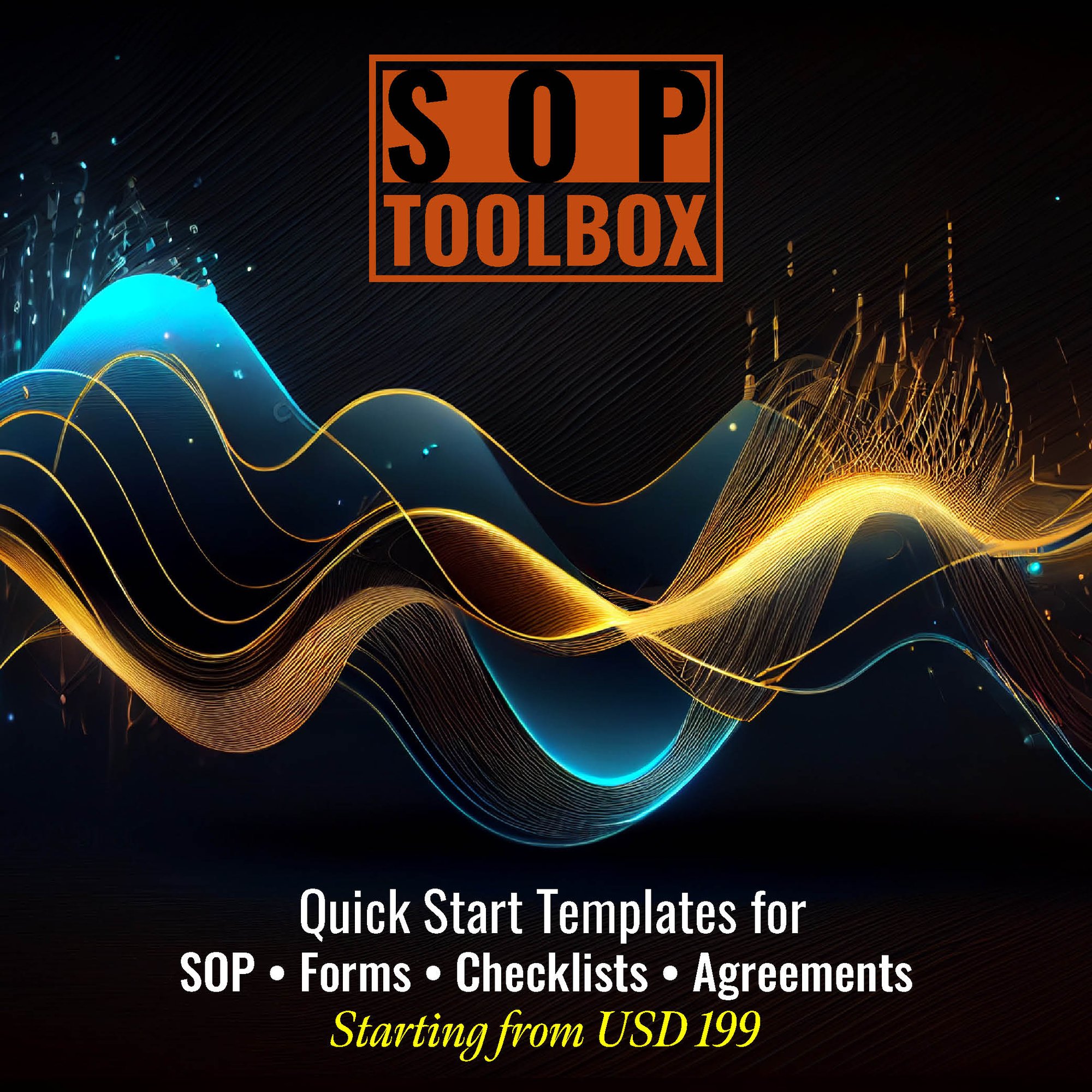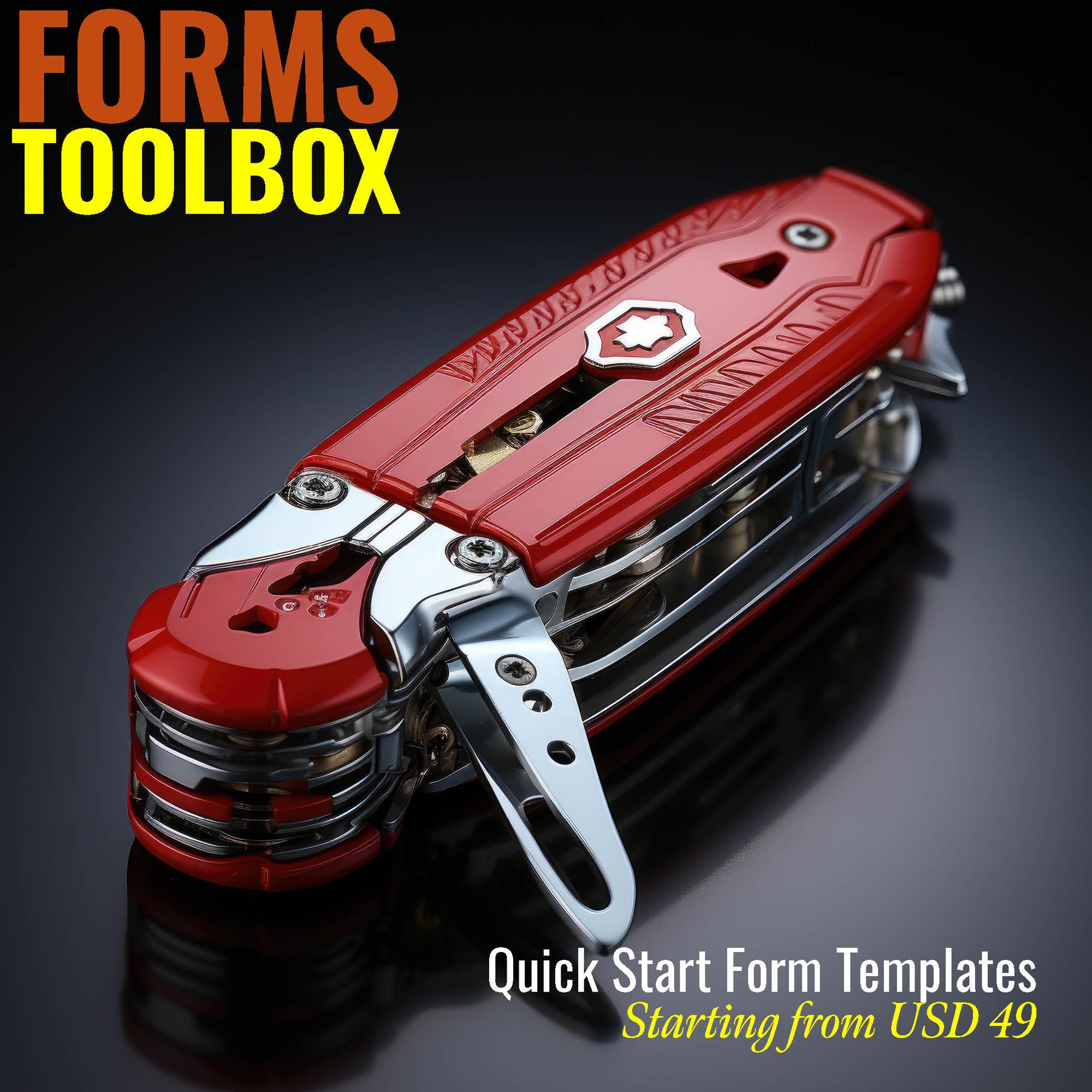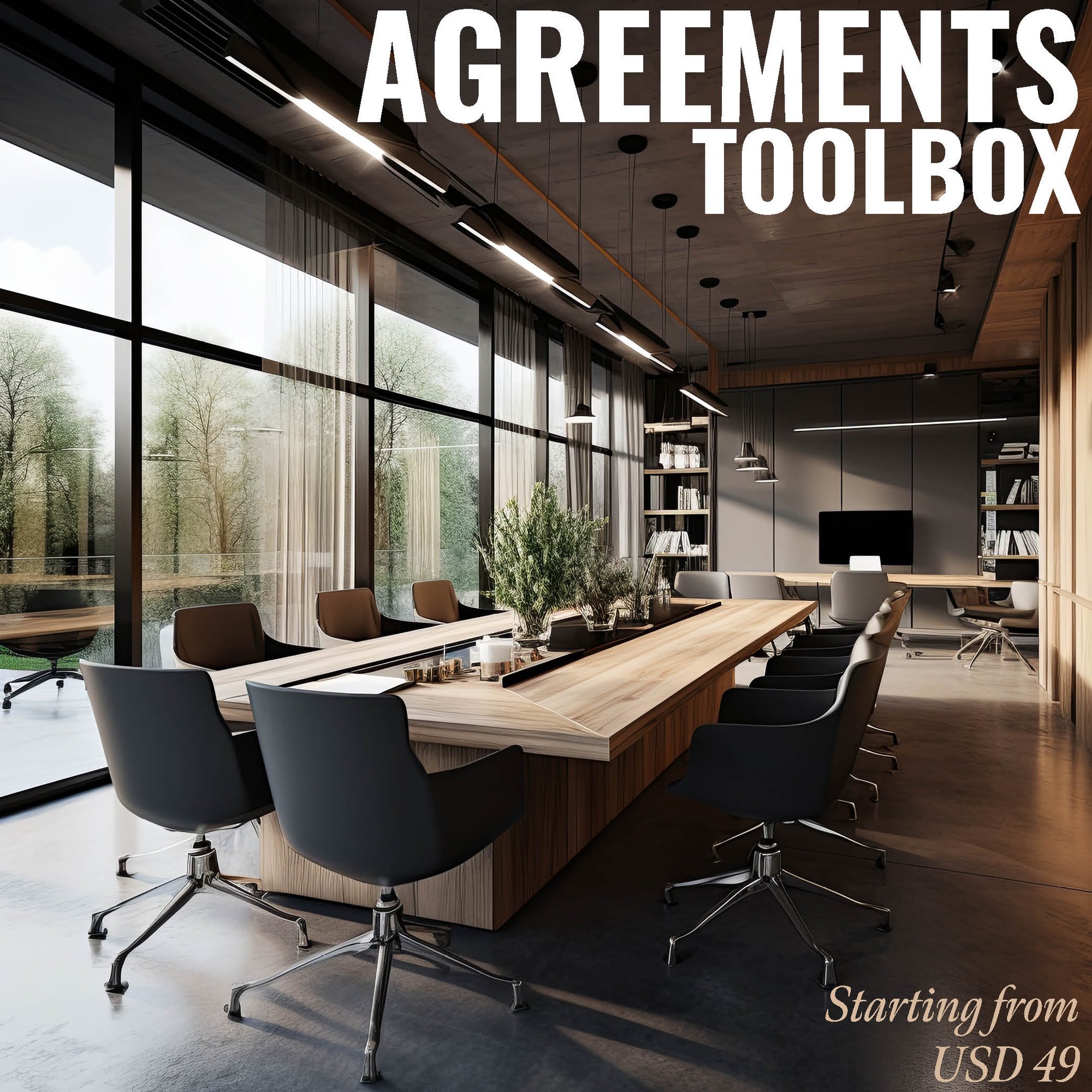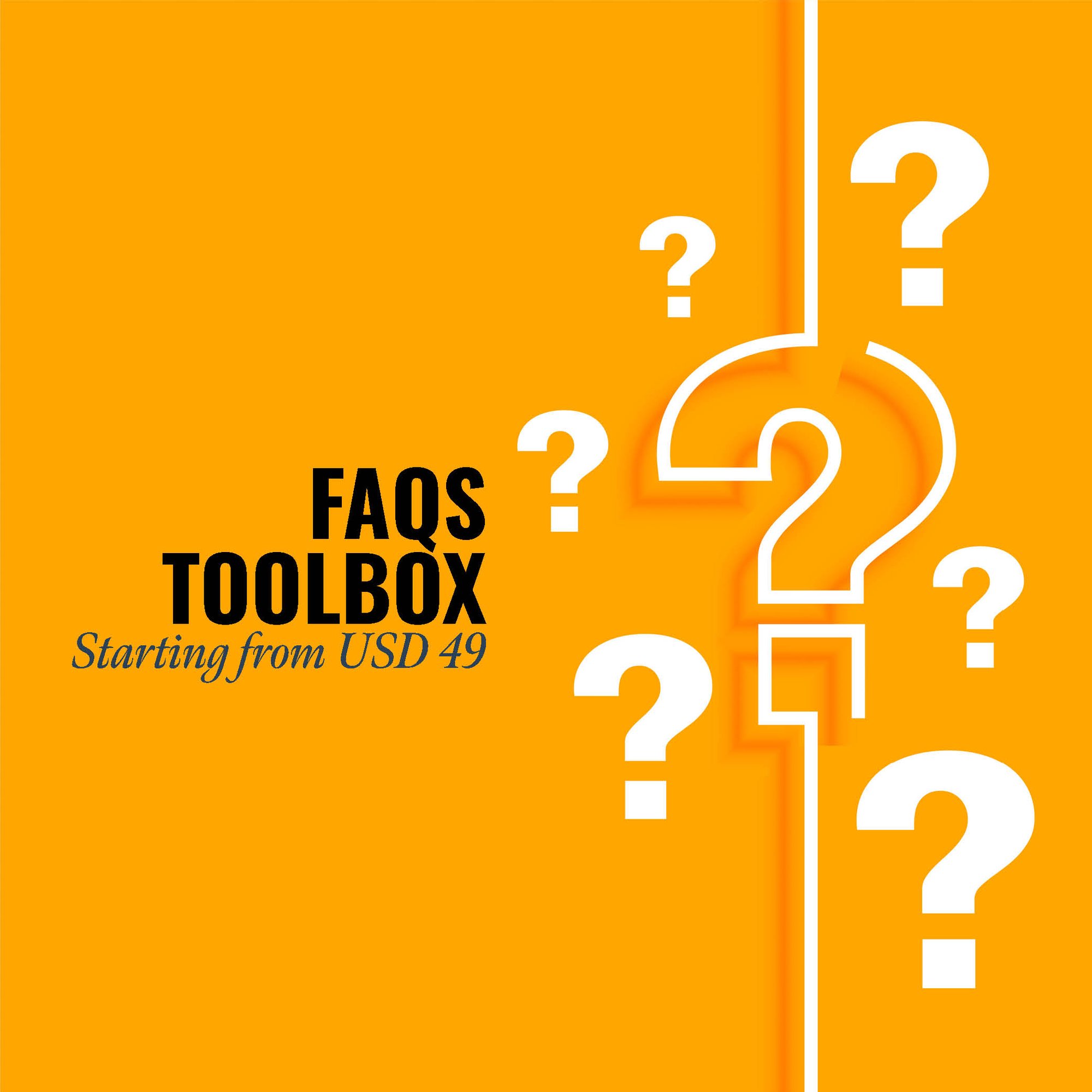The prominence of an SOP (Standard Operating Procedure) Manual for Used Merchandise Stores lies in its ability to establish consistent operational practices, enhance customer satisfaction, and ensure regulatory compliance in the retail sector. This manual provides a structured framework for various aspects, including inventory management, customer interactions, and store maintenance.
By offering clear guidelines, the manual facilitates employee training, promoting a uniform approach to tasks and reducing errors. It becomes instrumental in maintaining product quality, pricing standards, and customer service, contributing to a positive shopping experience. Additionally, the manual addresses security measures, theft prevention, and adherence to legal requirements, reinforcing the store's credibility.
In an industry characterized by diverse products and customer expectations, the SOP Manual for Used Merchandise Stores signifies a commitment to professionalism, operational excellence, and customer trust. Its prominence lies in fostering efficiency, compliance, and a positive retail environment for both employees and customers.
CLICK HERE to download the List of SOPs Document in PDF format. Please share this document with your clients, colleagues and senior officers.
Top 50 Standard Operating Procedures (SOPs) for Used Merchandise Stores
SOP-396-001: Standard Operating Procedure for Used Merchandise Stores
SOP-396-002: Standard Operating Procedure for Store Layout and Organization
SOP-396-003: Standard Operating Procedure for Merchandise Sorting and Pricing
SOP-396-004: Standard Operating Procedure for Customer Service
SOP-396-005: Standard Operating Procedure for Point of Sale (POS) Systems
SOP-396-006: Standard Operating Procedure for Cash Handling
SOP-396-007: Standard Operating Procedure for Inventory Management
SOP-396-008: Standard Operating Procedure for Donation Processing
SOP-396-009: Standard Operating Procedure for Merchandise Display
SOP-396-010: Standard Operating Procedure for Sales Promotion

SOP-396-011: Standard Operating Procedure for Customer Returns
SOP-396-012: Standard Operating Procedure for Employee Training
SOP-396-013: Standard Operating Procedure for Health and Safety
SOP-396-014: Standard Operating Procedure for Security Measures
SOP-396-015: Standard Operating Procedure for Opening and Closing Procedures
SOP-396-016: Standard Operating Procedure for Cash Register Reconciliation
SOP-396-017: Standard Operating Procedure for Customer Assistance
SOP-396-018: Standard Operating Procedure for Product Knowledge Training
SOP-396-019: Standard Operating Procedure for Sales Target Achievement
SOP-396-020: Standard Operating Procedure for Merchandise Donation Guidelines
SOP-396-021: Standard Operating Procedure for Price Tagging
SOP-396-022: Standard Operating Procedure for End-of-Day Procedures
SOP-396-023: Standard Operating Procedure for Loss Prevention
SOP-396-024: Standard Operating Procedure for Employee Code of Conduct
SOP-396-025: Standard Operating Procedure for Customer Feedback Handling
SOP-396-026: Standard Operating Procedure for Quality Control
SOP-396-027: Standard Operating Procedure for Donation Pickup Services
SOP-396-028: Standard Operating Procedure for Volunteer Management
SOP-396-029: Standard Operating Procedure for Marketing and Advertising
SOP-396-030: Standard Operating Procedure for Social Media Management

SOP-396-031: Standard Operating Procedure for Vendor Relations
SOP-396-032: Standard Operating Procedure for Sustainability Practices
SOP-396-033: Standard Operating Procedure for Employee Scheduling
SOP-396-034: Standard Operating Procedure for Customer Loyalty Programs
SOP-396-035: Standard Operating Procedure for Product Recycling
SOP-396-036: Standard Operating Procedure for Merchandise Donation Drop-Off
SOP-396-037: Standard Operating Procedure for Employee Recognition
SOP-396-038: Standard Operating Procedure for Staff Meetings
SOP-396-039: Standard Operating Procedure for Employee Dress Code
SOP-396-040: Standard Operating Procedure for Technology Use in Stores
SOP-396-042: Standard Operating Procedure for Employee Performance Reviews
SOP-396-043: Standard Operating Procedure for Special Events
SOP-396-044: Standard Operating Procedure for Handling Rare or Valuable Items
SOP-396-045: Standard Operating Procedure for Crisis Management
SOP-396-046: Standard Operating Procedure for Customer Privacy
SOP-396-047: Standard Operating Procedure for Staff Hiring
SOP-396-048: Standard Operating Procedure for Supplier Relations
SOP-396-049: Standard Operating Procedure for Sales Tax Compliance
SOP-396-050: Standard Operating Procedure for Continuous Improvement in Store Operations
SOP ToolBox: If you are reading these lines, I am sure you are looking for Standard Operating Procedure guidelines or SOPs itself. In both the cases, searching in internet will not be yielding any great help. Because no company shares their SOP Development Process and certainly don’t share their SOP Documents. The best way to develop an SOP is creating one for yourself. At Fhyzics, we write SOPs day-in and day-out for companies across the globe including some of the Fortune 500 organisations. Our charge ranges from USD 5000 to USD 50000 depending upon the number of processes to be covered. Certainly, this is not affordable to small and mid-size organisations. Hence, we decided to create this SOP ToolBox to disseminate our 8-Step SOP Development Life-Cycle and best practices at an unbelievably low price.
I always say, writing an SOP is somewhere between art and science. So far you may be clueless on where to start and how to progress on an SOP? This will not be the case after you diligently go through this SOP ToolBox. We have summarised all our secrets here to get you started and to deliver a stunning SOP to your management.
-
Antique dealers (except motor vehicles)
-
Antique shops
-
Apparel stores, used clothing
-
Appliance stores, household-type, used
-
Architectural salvage dealers
-
Bicycle (except motorized) shops, used
-
Book stores, used
-
Clothing stores, used
-
Consignment shops, used merchandise
-
Flea markets, used merchandise, permanent
-
Furniture stores, used
-
Music stores (e.g., cassette, instrument, record, tape), used
-
Rare manuscript stores
-
Record stores, used
-
Second-hand merchandise stores
-
Sporting goods stores, used
-
Thrift shops, used merchandise
-
Used bicycle (except motorized) shops
-
Used merchandise dealers (except motor vehicles and parts)
-
Used merchandise stores
-
Used rare collectors' items (e.g., autograph, coin, card, stamps) shops
1. Standard Operating Procedures (SOP) Manual for Accounts Department
2. Standard Operating Procedures (SOP) Manual for Finance Department
3. Standard Operating Procedures (SOP) Manual for Customer Service
4. Standard Operating Procedures (SOP) Manual for CRM Department
5. Standard Operating Procedures (SOP) Manual for Credit Department
6. Standard Operating Procedures (SOP) Manual for Treasury Department
7. Standard Operating Procedures (SOP) Manual for Human Resources (HR) Department
8. Standard Operating Procedures (SOP) Manual for Training Department
9. Standard Operating Procedures (SOP) Manual for Learning & Development Department
10. Standard Operating Procedures (SOP) Manual for Administration Department
11. Standard Operating Procedures (SOP) Manual for Front Office
12. Standard Operating Procedures (SOP) Manual for House Keeping
13. Standard Operating Procedures (SOP) Manual for Safety Department
14. Standard Operating Procedures (SOP) Manual for Security Department
15. Standard Operating Procedures (SOP) Manual for Facilities Management Department
16. Standard Operating Procedures (SOP) Manual for Vigilance Department
17. Standard Operating Procedures (SOP) Manual for Legal Department
18. Standard Operating Procedures (SOP) Manual for Information Technology (IT) Department
19. Standard Operating Procedures (SOP) Manual for Sales & Marketing Department
20. Standard Operating Procedures (SOP) Manual for Design & Engineering
21. Standard Operating Procedures (SOP) Manual for Procurement Department
22. Standard Operating Procedures (SOP) Manual for Production
23. Standard Operating Procedures (SOP) Manual for SRM Department
24. Standard Operating Procedures (SOP) Manual for Supply Chain Department
25. Standard Operating Procedures (SOP) Manual for Warehouse
26. Standard Operating Procedures (SOP) Manual for New Product Development Department
27. Standard Operating Procedures (SOP) Manual for Research and Development
28. Standard Operating Procedures (SOP) Manual for Quality Department
29. Standard Operating Procedures (SOP) Manual for Calibration Department
30. Standard Operating Procedures (SOP) Manual for Maintenance Department
Industry Process:
In general, evolution of used product stores are majorly occurred from pawn shop, where the money seekers make their money by selling the goods in terms of mortgage. Later, if they failed to settle the loan for mortgage then, the products are allowed for sales to general customers. Negotiation with the used goods seller is the first process involved in this industry, where the price of the product is determined based on the quality. After purchasing, moderating or repairing the product is been done for reselling and then, the product is allowed for sales and distribution. Recently, E-commerce act as a best platform for this industry, where individual seller is also involved in selling their goods to the customers. Even though purchasing of second hand goods have many demerits, still some customer prefers these kinds for product for their convenience usage and comfortableness. Since over past few years, the resales of apparel products are 21 times faster than the broader retail apparel market and also it projected to expand its growth in upcoming forecast period.
- Low investment
- Minimal financial risk
- Incredible profit potential.
- Flexibility
- Minimal skill requirements
- Tax advantages
- ISO 20245:2017(en)| International Organization for Standardization
https://www.iso.org/obp/ui/#iso:std:iso:20245:ed-1:v1:en - World Trade organization
https://www.wto.org/english/tratop_e/tbt_e/tbt_info_e.htm - Government of Canada
https://www.canada.ca/en/health-canada/services/consumer-product-safety/reports-publications/consumer-education/information-shoppers-second-hand-products.html
- Winmark| Minnesota, United States|
http://www.winmarkcorporation.com/ - Oxfam| Nairobi, Kenya|
https://www.oxfam.org/en - Savers| Washington, United States|
http://www.savers.com/ - The Salvation Army| London, United Kingdom|
https://satruck.org/ - Goodwill Industries| Maryland, United States|
http://www.goodwill.org/ - Michaels|Texas, United States|
http://www.michaels.com/ - Book Off|Kanagawa, Japan|
http://www.bookoffusa.com/ - Habitat for Humanity| Georgia, United States|
http://www.habitat.org/ - OLX Group| Amsterdam, Netherlands|
https://www.olxgroup.com/
- How the Used Goods Business is Booming in India| Entrepreneur India
https://www.entrepreneur.com/article/302217 - Changing Secondhand Economies| Taylor and Francis Online
https://www.tandfonline.com/doi/full/10.1080/00076791.2018.1543041 - Demand and Dematerialization Impacts of Second-Hand Markets
http://web.mit.edu/2.813/www/readings/Thomas2003.pdf - Factors that Influence the decision when buying second-hand products
http://umu.divaportal.org/smash/get/diva2:839612/FULLTEXT01.pdf - 3 Fascinating Reasons to Embrace Second-Hand Clothing| Fibre2Fashion Magazine
https://www.fibre2fashion.com/industry-article/8466/3-fascinating-reasons-to-embrace-second-hand-clothing - Factors affecting consumer acquisition of secondhand clothing in the USA| Emerald Insights
https://www.emerald.com/insight/content/doi/10.1108/JFMM-10-2016-0090/full/html
Research By : Udhay Sankar
Please click here to review the SOP Templates’ Terms & Conditions.
Keywords: sop, manual, policy, sop meaning, sop full form, standard operating procedure, full sop, user manual, sop is, user guide, instruction manual, owners manual, sample sop, operators manual, sop example,standard operating procedure examples, abbreviation sop, standard operating procedure sample, milk sop, sop document, sop process,m manual, operating procedures, operating process, sop meaning in hindi, standard procedure, sop standard operating procedure, sop top, sop writing, standard operating procedures manual, sop meaning in english, sample sop for mba, standard operating procedures examples in office, product manual, sample sop for ms, maintenance manual, sop security, sop in research, sop in business, whats sop, standard of operation, sop set, sop procedure, sop marketing,sop training, sop hotel, sop, sop meaning business, sop form, sba sop,sop software, help manual, sop it, army sop, company sop, sop sap, o m manual, standard operating procedure examples for small business, shop manual, sop manual, sop meaning in business, purpose of standard operating procedures, sop full meaning, standard operating procedure meaning, sop military, sop standard, sop meaning medical, hr sop, sop production, purpose of sop, sop management, warehouse sop, sales sop, sop pharma, sop manufacturing, sop creation, sop laboratory, ms sop, sop full form in hindi, sop front office, sop customer service, sop online, gmp sop, sop purchasing, sop pharmacy, sop safety, sop for project management,sample sop for australian student visa, sop meaning in tamil, sop system, best sop, sop up, sop in english, sop for mechanical engineering, sop for university,sop in malay, sop lab, sop for business analytics, sop model, sop in pharmacy, developing sops, standard operating procedure examples manufacturing, sop full form in retail,sop full form in medical, sop engineering, sop application, writing standard operating procedures, procurement sop, sop maintenance,standard operating procedure nhs, sop clinical trial, sop operations,sop in construction, operating procedures manual, standard operating procedure ppt, standard procedure meaning, sop ppt, a sop, sop document meaning, sop def, sop full form in safety, sop quality control, sop for college, sop quality, sop service, types of sop, sop for engineering management, sop document sample, benefit of sop, preparing sop, standard operating procedure in hindi, sop for visa, sop compliance, sop protocol, sop aviation, sop meaning in chat, standard operating process, sop meaning military, sop for business management, standard operating procedure software, sop list, sop medical, sop logistics, sop project, sop for it department, sop call center, standard work procedures, sba sop 50 10, sop meaning in logistics, standard operating procedure laboratory, test sop, sop sample for ms, drafting sop, sops meaning in tamil, sops meaning in telugu, sop automotive, standard operating system, sop cafe, sop slideshare, sop ap, sop bank, sop in retail, creating standard operating procedures, sop admin, document control sop, pharmaceutical sop,sop in pharmaceutical industry, statement of purpose harvard, sop examples for ms, quality assurance sop, sop in clinical research, nursing sop, sop for transportation, sop policies, sops are specific to a process, sop in hindi, standard operating procedure for warehouse picking, master sop, list of sop for pharma, pharmaceutical sop examples, types of standard operating procedures, retail sop, sample sop for ms in mechanical engineering, standard operating protocol,sop supply chain, system operating procedure, sop rules, example of sop in research, sop in food industry, sop for international business management, sop for hospitality management, sop for hr department, army sop example, sop standard operating, office sop, hr standard operating procedures, preventive maintenance sop, sop for purchase department, human resources sop, fire department sops, information technology sop, operating procedure example, administration sop,sop for retail store, indian sop, construction management sop, sop hotel front office, example sop document, standard and procedures,working sop, sop for maintenance department, sop hrd department,sop full form in hotel industry, sop full, sop for human resource management, laboratory sop examples, standard operating procedure for quality control, sop for ms in mechanical engineering, sop meaning army, security standard operating procedures, sop machine, sample sop for internship, sop for hotel management, sample sop for masters, qa sop, developing standard operating procedures, standard operating procedure document, product recall sop, marketing statement of purpose, it standard operating procedures, equipment sop, sop purpose example, sop shipping, sop for sales and marketing,converting pos to sop, workshop sop, standard operating procedure manufacturing, digital marketing standard operating procedures, following standard operating procedures, sop ki full form, sop for nursing procedures, an sop, purchase sop for manufacturing company, sop a, statement of purpose for mba marketing, full meaning of sop, sop for research internship, research sop sample,vendor qualification sop, sop purchasing and receiving, sop meaning in visa, sop for admission, standard operating procedure medical office, sop in industry, sop sales marketing, navy sop, project management standard operating procedures, sop it support, standard operating manual, security operating procedures, statement of purpose for international business, procurement standard operating procedures, communication sop, sop full form in pharma, minimum sop, sop health and safety, product sop, sop for marketing department, sop in medical terms, sales standard operating procedure, sop purchase order, department sop, customer service standard operating procedures, clinical sop, marketing standard operating procedure, sop standard operating procedure example, construction standard operating procedures, standard of operations procedures manual sample, sop for facility management, sop full form in education, standard operating procedure in food industry, visa sop,sop for business administration, company sop meaning, sop work, sop operating procedure, sop for summer internship in engineering sample, general administration sop, sop for administrative duties.
Our SOP Templates’ clients are from the following States and Countries:
Alabama, Alaska, Arizona, Arkansas, California, Colorado, Connecticut, Delaware, Florida, Georgia, Hawaii, Idaho, Illinois, Indiana, Iowa, Kansas, Kentucky, Louisiana, Maine, Maryland, Massachusetts, Michigan, Minnesota, Mississippi, Missouri, Montana, Nebraska, Nevada, New Hampshire, New Jersey, New Mexico, New York, North Carolina, North Dakota, Ohio, Oklahoma, Oregon, Pennsylvania, Rhode Island, South Carolina, South Dakota, Tennessee, Texas, Utah, Vermont, Virginia, Washington, West Virginia, Wisconsin, Wyoming.
Afghanistan, Albania, Algeria, Andorra, Angola, Antigua and Barbuda, Argentina, Armenia, Australia, Austria, Azerbaijan, Bahamas, Bahrain, Bangladesh, Barbados, Belarus, Belgium, Belize, Benin, Bhutan, Bolivia, Bosnia and Herzegovina, Botswana, Brazil, Brunei Darussalam, Bulgaria, Burkina Faso, Burundi, Cabo Verde, Cambodia, Cameroon, Canada, Central African Republic, Chad, Chile, China, Colombia, Comoros, Congo (Republic of the), Costa Rica, Croatia, Cuba, Cyprus, Czech Republic (Czechia), Democratic People’s Republic of Korea (North Korea), Democratic Republic of the Congo, Denmark, Djibouti, Dominica, Dominican Republic, Ecuador, Egypt, El Salvador, Equatorial Guinea, Eritrea, Estonia, Eswatini, Ethiopia, Fiji, Finland, France, Gabon, Gambia, Georgia, Germany, Ghana, Greece, Grenada, Guatemala, Guinea, Guinea-Bissau, Guyana, Haiti, Honduras, Hungary, Iceland, India, Indonesia, Iran, Iraq, Ireland, Israel, Italy, Jamaica, Japan, Jordan, Kazakhstan,Kenya, Kiribati, Kuwait, Kyrgyzstan, Lao People’s Democratic Republic (Laos), Latvia, Lebanon, Lesotho, Liberia, Libya, Liechtenstein, Lithuania, Luxembourg, Madagascar, Malawi, Malaysia, Maldives, Mali, Malta, Marshall Islands, Mauritania, Mauritius, Mexico, Micronesia (Federated States of), Moldova, Monaco, Mongolia, Montenegro, Morocco, Mozambique, Myanmar (Burma), Namibia, Nauru, Nepal, Netherlands, New Zealand, Nicaragua, Niger, Nigeria, North Macedonia (formerly Macedonia), Norway, Oman, Pakistan, Palau, Panama, Papua New Guinea, Paraguay, Peru, Philippines, Poland, Portugal, Qatar, Republic of Korea (South Korea), Republic of the Congo, Romania, Russian Federation (Russia), Rwanda, Saint Kitts and Nevis, Saint Lucia, Saint Vincent and the Grenadines, Samoa, San Marino, Sao Tome and Principe, Saudi Arabia, Senegal, Serbia, Seychelles, Sierra Leone, Singapore, Slovakia, Slovenia, Solomon Islands, Somalia, South Africa, South Sudan, Spain, Sri Lanka, Sudan, Suriname, Sweden, Switzerland, Syrian Arab Republic (Syria), Tajikistan, Thailand, Timor-Leste, Togo, Tonga, Trinidad and Tobago, Tunisia, Turkey, Turkmenistan, Tuvalu, Uganda, Ukraine, United Arab Emirates, United Kingdom of Great Britain and Northern Ireland, United Republic of Tanzania, United States of America, Uruguay, Uzbekistan, Vanuatu, Venezuela, Viet Nam, Yemen, Zambia, Zimbabwe.
Fhyzics supports organisations in developing the following documentations:
Standard Operating Procedures (SOPs), Work Instructions, Policies and Procedures, Process Flow Diagrams, Job Descriptions, Training Manuals, Employee Handbooks, Compliance Guidelines, Quality Assurance Manuals, Health and Safety Procedures, Risk Management Plans, Business Continuity Plans, Internal Audit Procedures, Incident Reporting Forms, Performance Management Guidelines, Change Management Procedures, Vendor Management Guidelines, Customer Service Protocols, IT Security Policies, IT Support Documentation, Disaster Recovery Plans, Operational Checklists, Data Management Policies, Confidentiality Agreements, Non-Disclosure Agreements, Employee Onboarding Procedures, Employee Exit Procedures, Performance Appraisal Forms, Employee Code of Conduct, Conflict Resolution Procedures, Product Development SOPs, Supply Chain Management Guidelines, Procurement Guidelines, Inventory Management SOPs, Shipping and Receiving Procedures, Production Scheduling SOPs, Maintenance Procedures, Equipment Calibration Documents, Environmental Compliance Documentation, Sustainability Policies, Customer Feedback Forms, Marketing Strategies, Advertising Guidelines, Brand Management Guidelines, Product Packaging SOPs, Laboratory Testing Procedures, Regulatory Compliance Documentation, Tax and Accounting Procedures, Contract Management Procedures, Legal Compliance Guidelines, Financial Reporting Procedures, Budgeting Procedures, Internal Control Procedures, Fraud Prevention Policies, Asset Management Guidelines, Purchase Order Procedures, Sales and Distribution Guidelines, Client Contracts, Customer Return Policies, Internal Communication Protocols, Vendor Evaluation Forms, Product Safety Standards, Workplace Health and Safety Standards, Public Relations Procedures, Social Media Management Guidelines, Crisis Management Plans, Employee Grievance Procedures, Privacy and Data Protection Policies, Digital Transformation Guidelines, Innovation Management Procedures, Continuous Improvement Guidelines, Strategic Planning Documents, Corporate Social Responsibility (CSR) Guidelines, Audit Trails and Records, Employee Training and Development Records, Succession Planning Documents, Talent Acquisition Procedures, Team Collaboration Protocols, Employee Benefit Plans, Workplace Diversity Guidelines, Time and Attendance Tracking, Payroll Procedures, Employee Leave Policies, Conflict of Interest Policy, Emergency Response Procedures, Environmental Impact Assessment Procedures, Transportation and Logistics Procedures, Inventory Control Forms, Warehouse Management Guidelines, Product Lifecycle Management SOPs, Customer Satisfaction Surveys, Third-Party Risk Assessment Guidelines, Technology Adoption Policies, Software Licensing Guidelines, Security Incident Response Procedures, Supply Chain Risk Management Policies, Product Recall Procedures, Food Safety Guidelines, Employee Wellness Programs, Workplace Ergonomics Guidelines.





.jpg?width=645&height=337&name=Standard%20Operating%20Procedure%20-%20SOP%20ToolBox%20(1).jpg)











